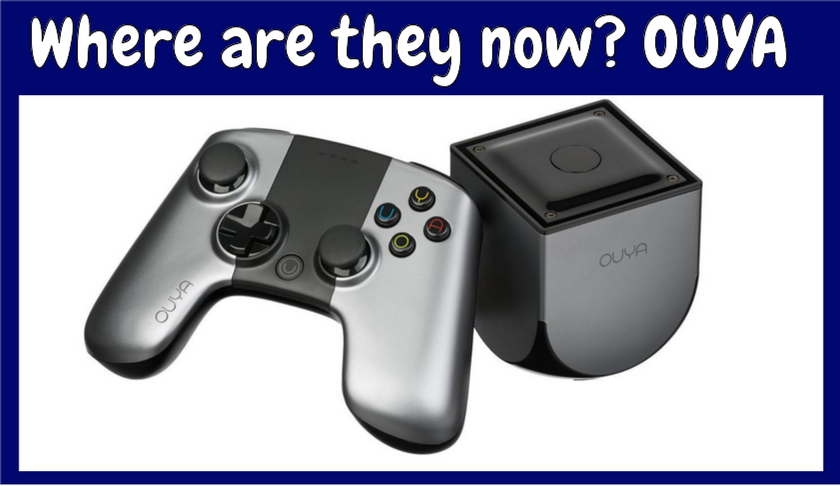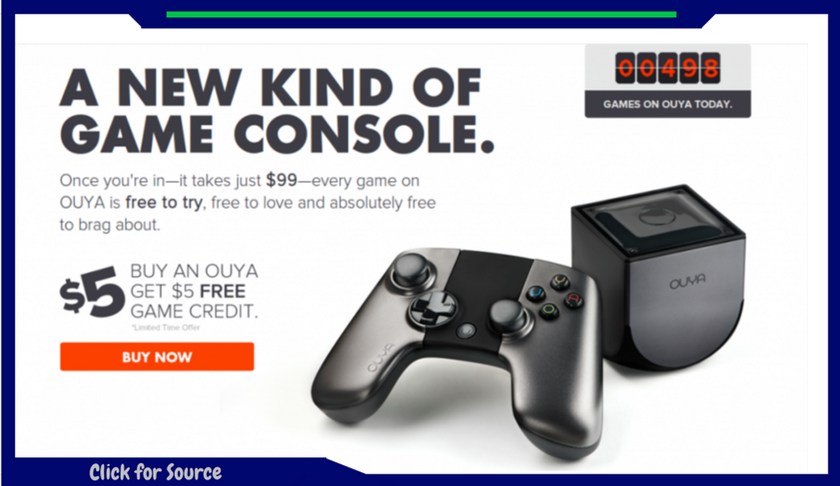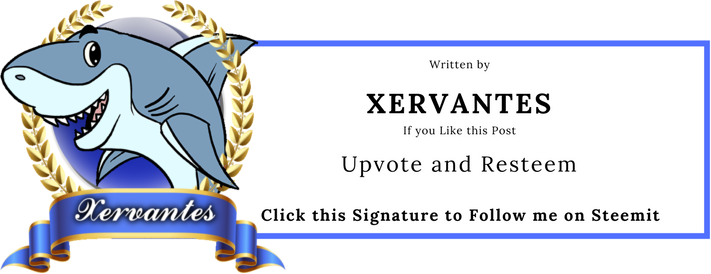

In 2012 a new kind of video game console was announced by OUYA inc. called the OUYA. This console was based on the Google Android OS and would allow users to play mobile games on their TV with a controller. The idea was novel and the possibilities promising. But now, almost 5 years later it is time to ask the question, what happened with the OUYA?.


The OUYA was set up to shake up the gaming world, an independent competitor that challenge the order of things and take a piece of the pie. Sony, Microsoft and for a small part Nintendo ruled (and still do) the gaming console market.
Maybe it was that everybody felt that it was time for a change, maybe it was the idea that finally Android gaming would be possible on a console but the Kickstarter ended up raising 8.5 million dollars, of which $3.7 million in the first two days.
The OUYA became the fifth-highest grossing project on the open source funding program Kickstarter.



OUYA set out to deliver something new and refreshing to a market that was dominated by the 2 same companies for a long time. Casual gaming for the gamers, support from Twitch, XBMC (now KODI), a platform where indie developers could release their games without the interference from Microsoft and Sony, and all that for the more than reasonable $99 price tag. This was retro, indie, independent gaming console with untapped potential. The console was aimed at the casual gamer much like what Nintendo achieved with the Nintendo WII, even more the OUYA with its mobile focus might be able to seduce some of the mobile gamers.
Surely this was the device every casual gamer was waiting for?



The OUYA did not became the success story that OUYA inc. thought it would be. Although the public's reaction to the premise of the OUYA was overwhelming, the initial enthusiasm made way for criticism as the project reached the pre-release phase.
There were doubts about the ability of the new unknown company to pull of a undertaking of this magnitude. Because let's be honest trying to take away some of the market share from the likes of Microsoft and Sony is no small matter. But OUYA inc. managed to deliver their pre-release OUYA's to the reviewers in time.
However the reviews were not kind. The reviewers noted that the openess and potential are the only good things about the console. They were brutal about the shoddy quality of the hardware, the bad interface and the lack of good games. But most important of all people started to question the why?
Why would you play games on a TV when you can play them on your phone? Exactly what was the point of the OUYA?



Ouya inc. could not convince the public of the unique selling points of the console and when the OUYA was officially released in 2013 sales were disappointing to say the least. The buzz surrounding the OUYA had died down and OUYA inc. made thing even worse with their "Free the Games Fund".
This fund promised to support game developers and pledge dollar-for-dollar if a minimum of $50,000 was raised. However the developers were obligated to make the game exclusive for the OUYA for a period of six months. With this move OUYA was placing restrictions on the indie game developers much like Microsoft and Sony. The project bombed and OUYA inc. found themselves in financial trouble.
In 2015 OUYA inc. announced that they were going to sell the company. Razer, well known for their quality gaming products, stepped in and merged the OUYA game library into their own Android project called Forge. Razer discontinued the OUYA hardware and urged owners of the OUYA micro console to migrate to Razer's Forge.
The OUYA is still alive but in name only.
The OUYA started out as an interesting and exciting project but time and reality caught up with the promising console. I am sure that there is a market for a casual gaming console but it will take a lot of innovation and perseverance to succeed in bringing this to market




Read more about: OUYA | Kickstarter | Death of the OUYA |









